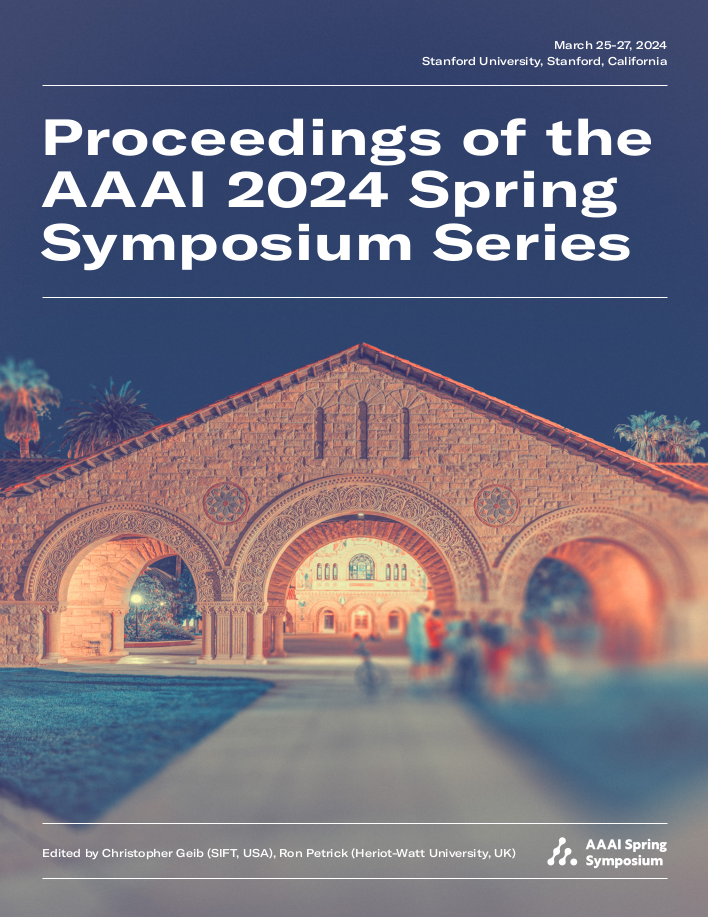Turtle-like Geometry Learning: How Humans and Machines Differ in Learning Turtle Geometry
DOI:
https://doi.org/10.1609/aaaiss.v3i1.31286Keywords:
Human-like Learning, Large Language Models, Turtle Geometry, Visual ProgrammingAbstract
While object recognition is one of the prevalent affordances of humans' perceptual systems, even human infants can prioritize a place system over the object recognition system, that is used when navigating. This ability, combined with active learning strategies can make humans fast learners of Turtle Geometry, a notion introduced about four decades ago. We contrast humans' performances and learning strategies with large visual language models (LVLMs) and as we show, LVLMs fall short of humans in solving Turtle Geometry tasks. We outline different characteristics of human-like learning in the domain of Turtle Geometry that are fundamentally unparalleled in state-of-the-art deep neural networks and can inform future research directions in the field of artificial intelligence.Downloads
Published
2024-05-20
Issue
Section
Symposium on Human-Like Learning

